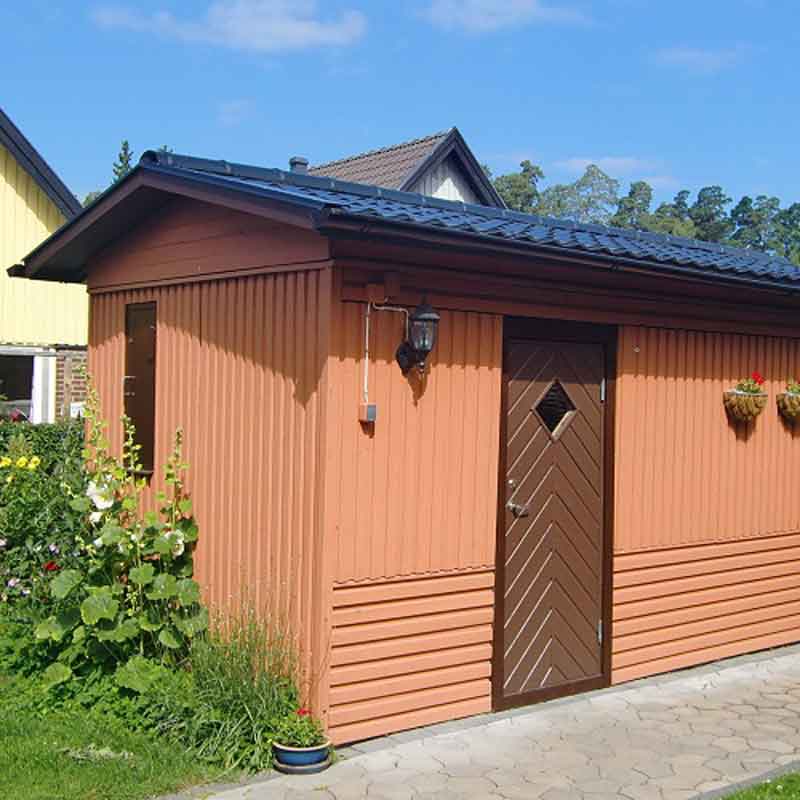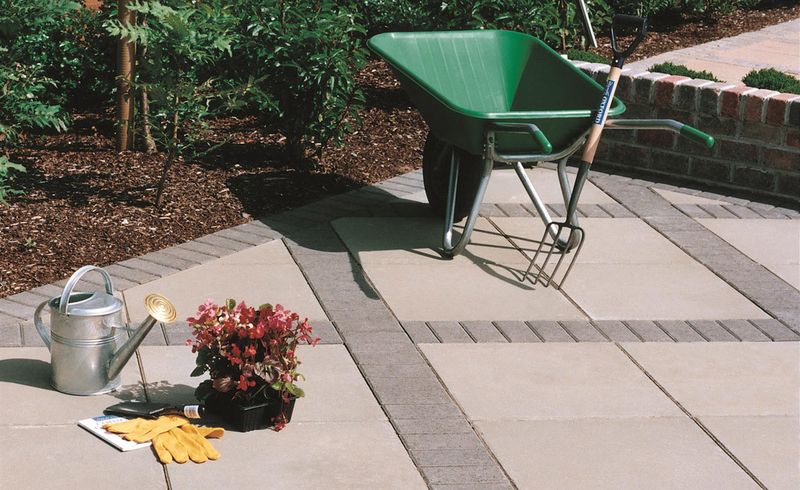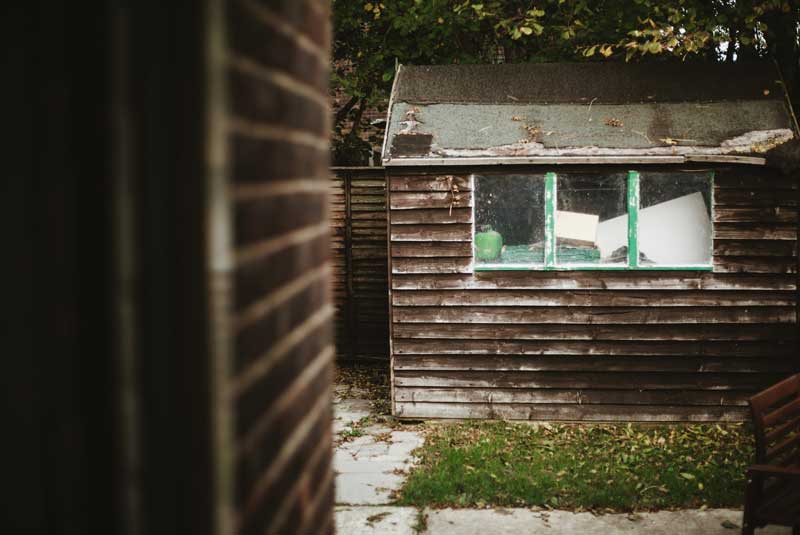Shed walls shouldn’t need to be made waterproof. This is because typically when buying a shed, the shed should come with guarantees and warranties that ensure a waterproof structure for a few years at least. However, a shed might be suffering from other factors that allow the shed to invite water into the shed’s interior through wind and rain.
Below you can find a prime example of a shed placed in an ideal location with a base beneath it to stop damp rising from wet ground.
Table of contents
- Why should you waterproof your shed walls?
- How do I waterproof my shed walls?
- What can I do so that I don’t need to waterproof my shed walls?
Why should you waterproof your shed walls?
A shed positioned in an exposed location can be more likely at risk of wind-driven rain that can penetrate the walls. As a result of the wind and rain, these elements can batter the side of the standard garden shed when in an exposed location. This is just a particular reason your shed might not be ideally waterproof.
Another reason that could impact the waterproof nature of your shed is poor-quality timber. This is typically identified by inconsistent grain and knots (places that can risk water getting in!) or tongue and groove boards without enough overlap. This is a surefire way to get leaks!
If your shed is more commonly subject to rain, it could risk the timber shrinking as well, which could have a negative effect on the overlap of the tongue and groove boards.

How can you waterproof shed walls?
Waterproofing shed walls can be done in a number of different ways. Firstly, you will need to consider where the rain is coming in from. Once you’ve got that, you can then find the right way to waterproof your shed.
Issue one: Water entering the shed from one side
If you’re finding water coming in from only one exposed side, cheap water-resistant shiplap or cladding can be an ideal solution to fixing the exposed side of the shed. Although not great for the appearance of your shed wall, it will be great for waterproofing them. If you do want a better shed wall appearance after this quick fix, wood shingles can be a perfect solution.
Issue two: Damp and musty shed after rain
This issue will require a timber treatment. Not only can it refresh the colour of the shed, but also provide a water-repellent coating. It’s important to note, however, that it won’t stop water from entering the shed through splits and cracks in the timber. It will, however, stop the inside of the shed from being damp and musty after a rainy day.
Issue three: Water entering the shed from all sides
If your shed’s general construction is suffering from years of use or hasn’t been that efficient, there could be two reasons for this; the quality of the timber and the shed’s construction.
It is typically good practice to replace the shed if water is continuously entering the shed from all sides via cracks and splits. This is because constant maintenance and fixes can risk costing more than a new shed. Stretching your budget a little bit more and opting for a metal shed can ensure a more robust and secure, permanent shed. Not only can they last longer without treatment like wood sheds, but their toughness can help them withstand those harsher weather elements.
What can prevent the need to waterproof shed walls?
It’s best to get to preventing leaks as soon as you can to reduce water ingress. There are a few ways to do so.
Considering how the land is prior to getting your shed can really help. If you have a sloped garden or a garden that’s on a hill, it’s recommended you don’t put the shed at the bottom of these particular areas. This is because water is more likely to run down the garden. As a result, the ground can become permanently wet and boggy during winter months; in turn, making damp a more common occurrence.
Soft ground beneath the shed is not advised. If the ground beneath the shed is soft, this will ensure the shed sinks into the wet, damp earth, which can affect the stability of your shed. You can prevent this issue from happening by installing the shed in an ideal location or digging a small path into the area the shed will be installed, then line the area with damp proof membrane. Following that, you can place down concrete slabs which can allow for a more secure base for your shed to sit on top of.
Timber treatment is advised to ensure your shed keeps looking as fresh as possible over time. There are some wood treatments that can support the shed surface when it comes to water repellence as well as colour, too.
















